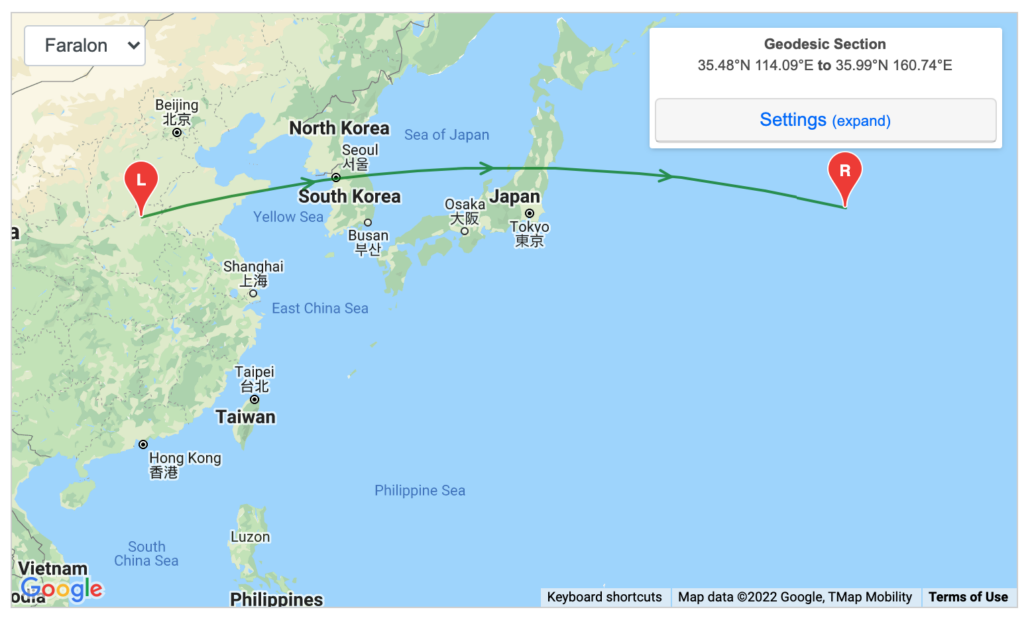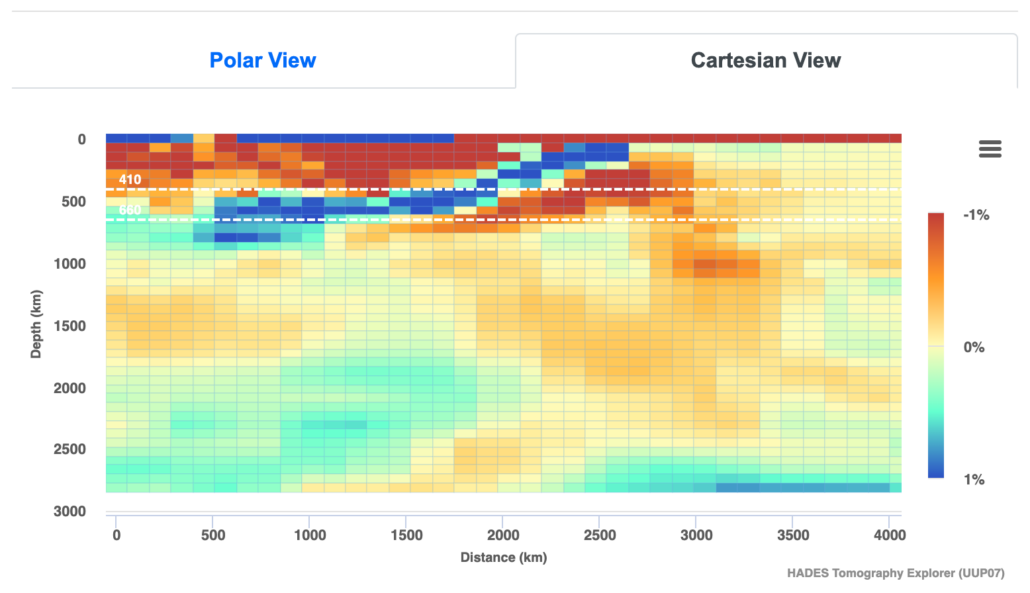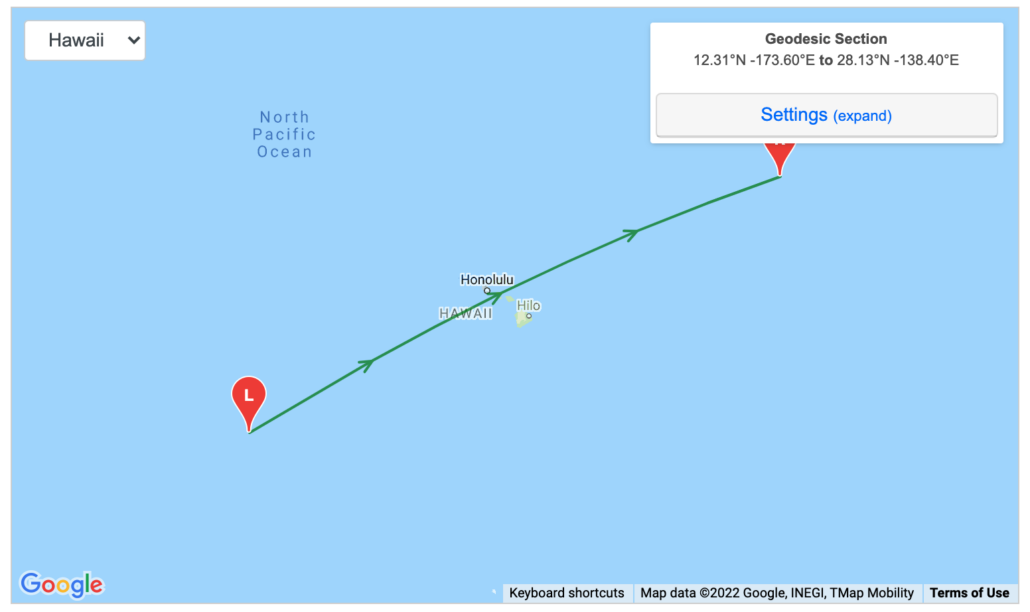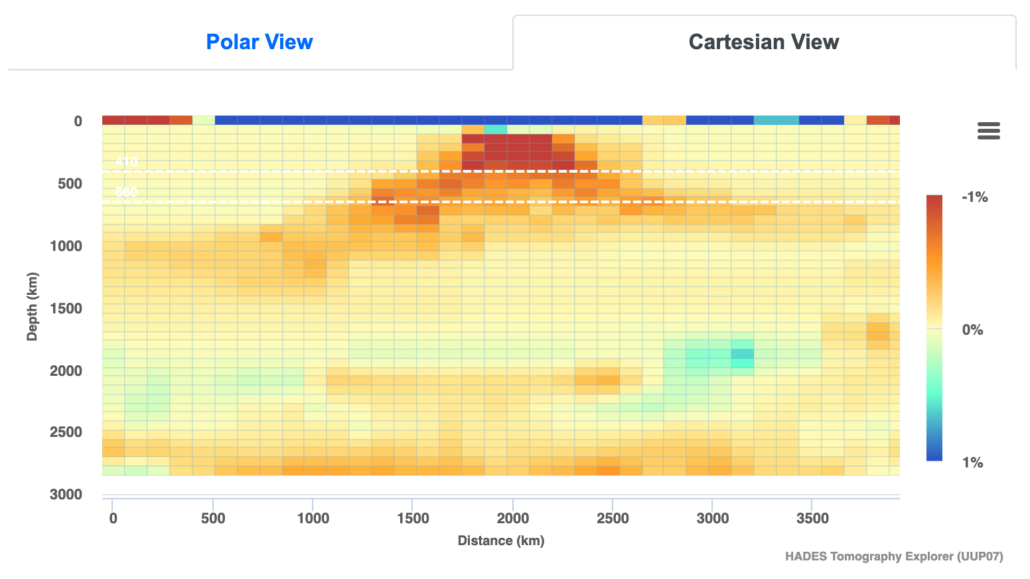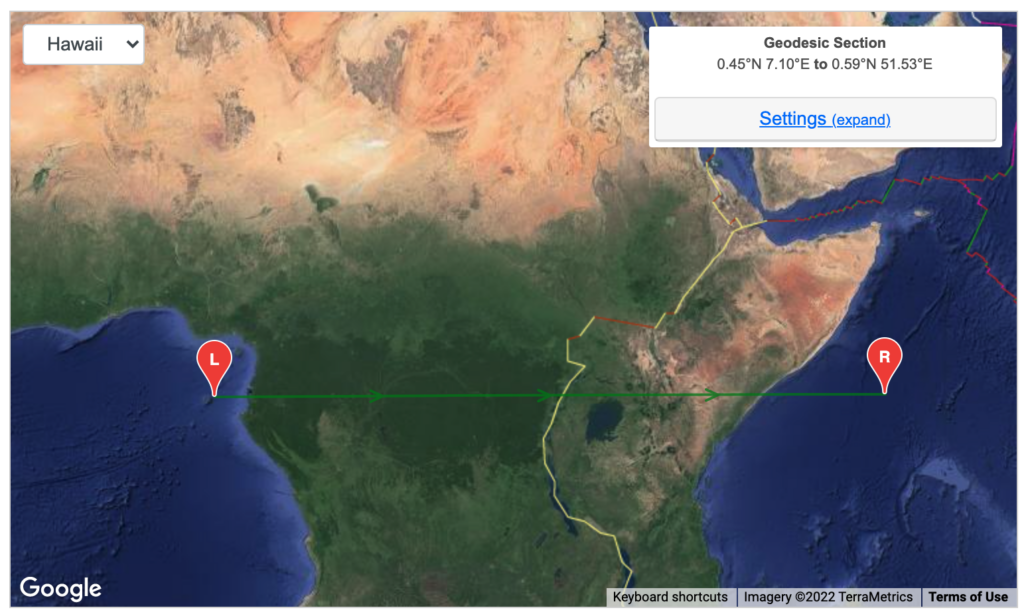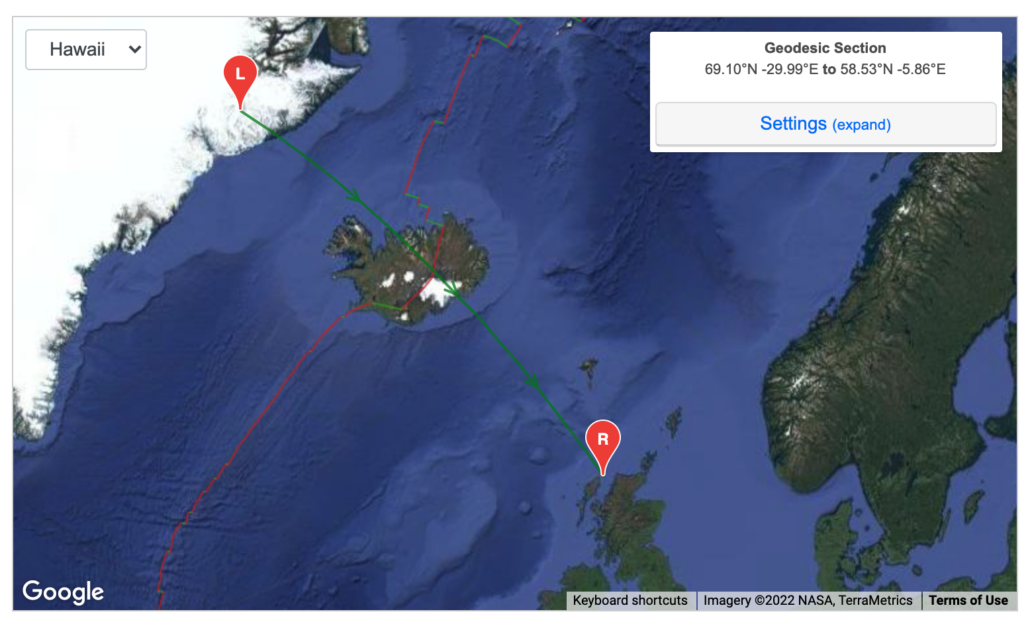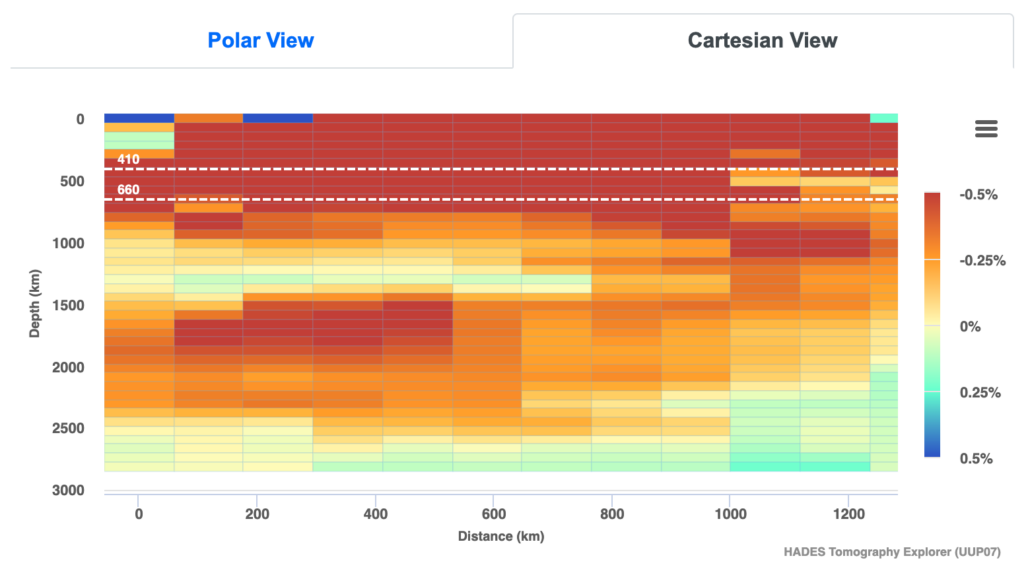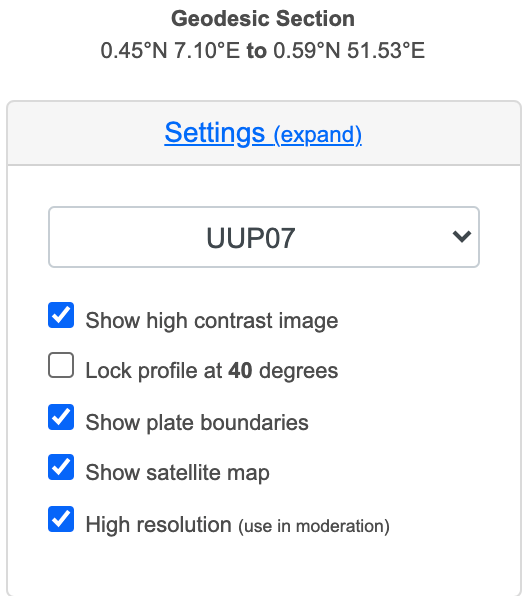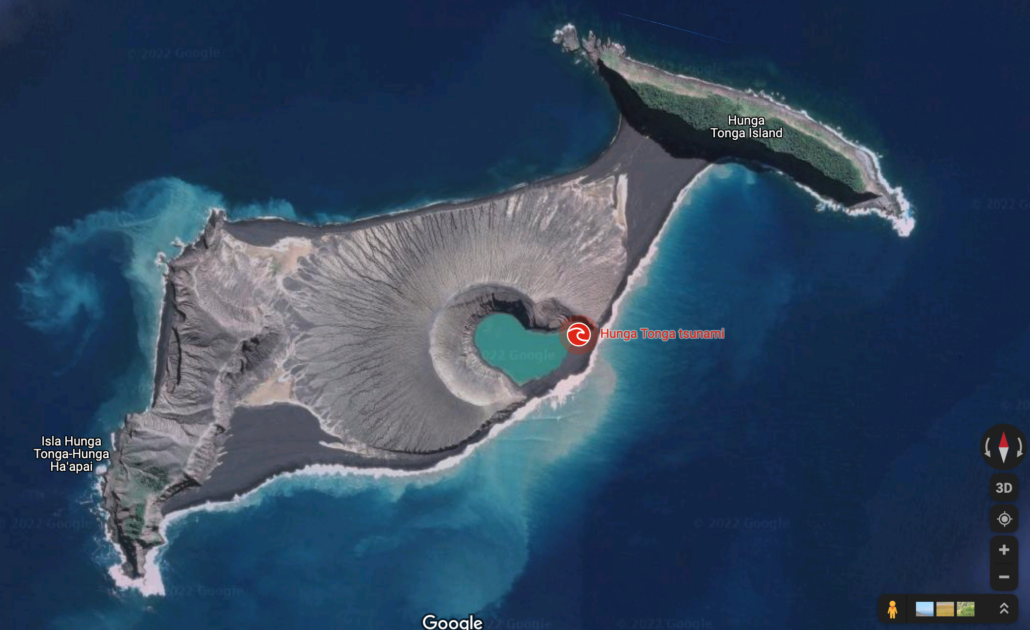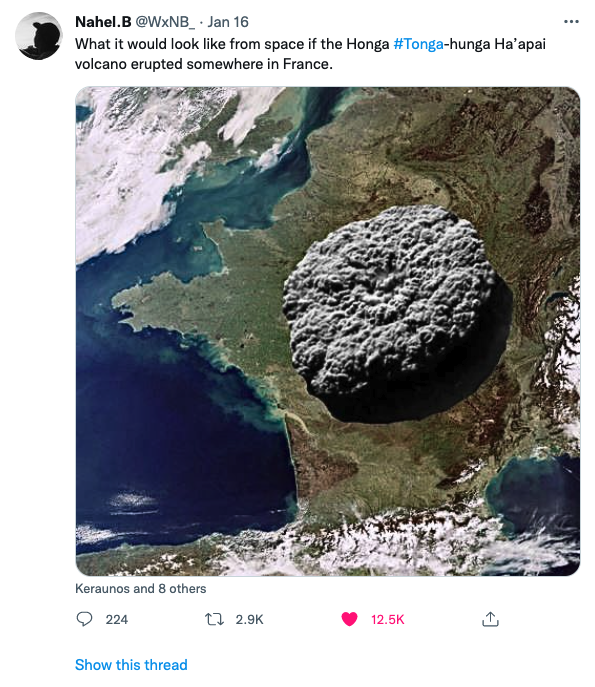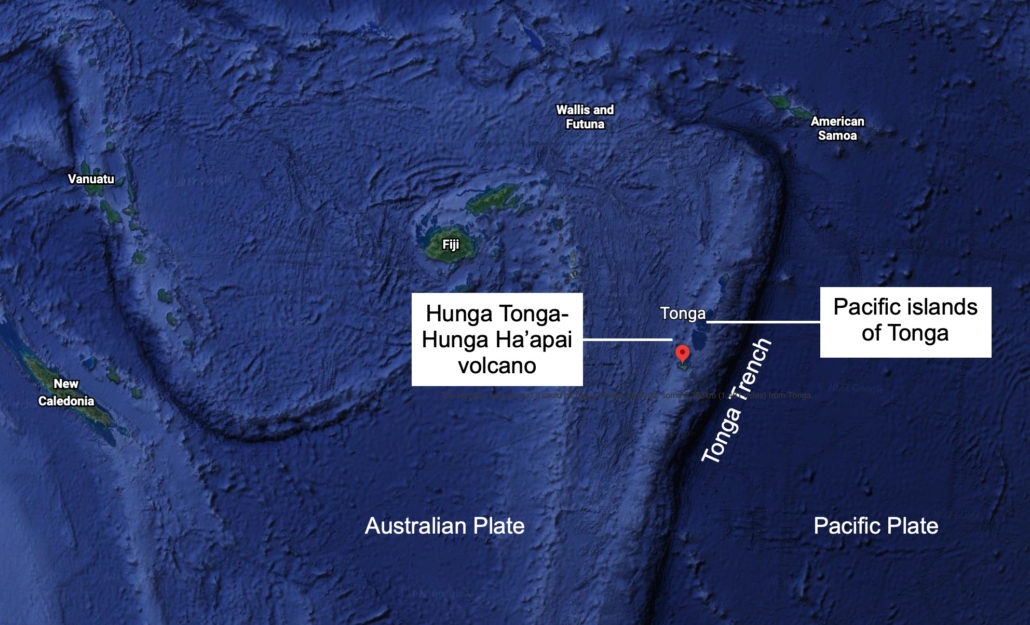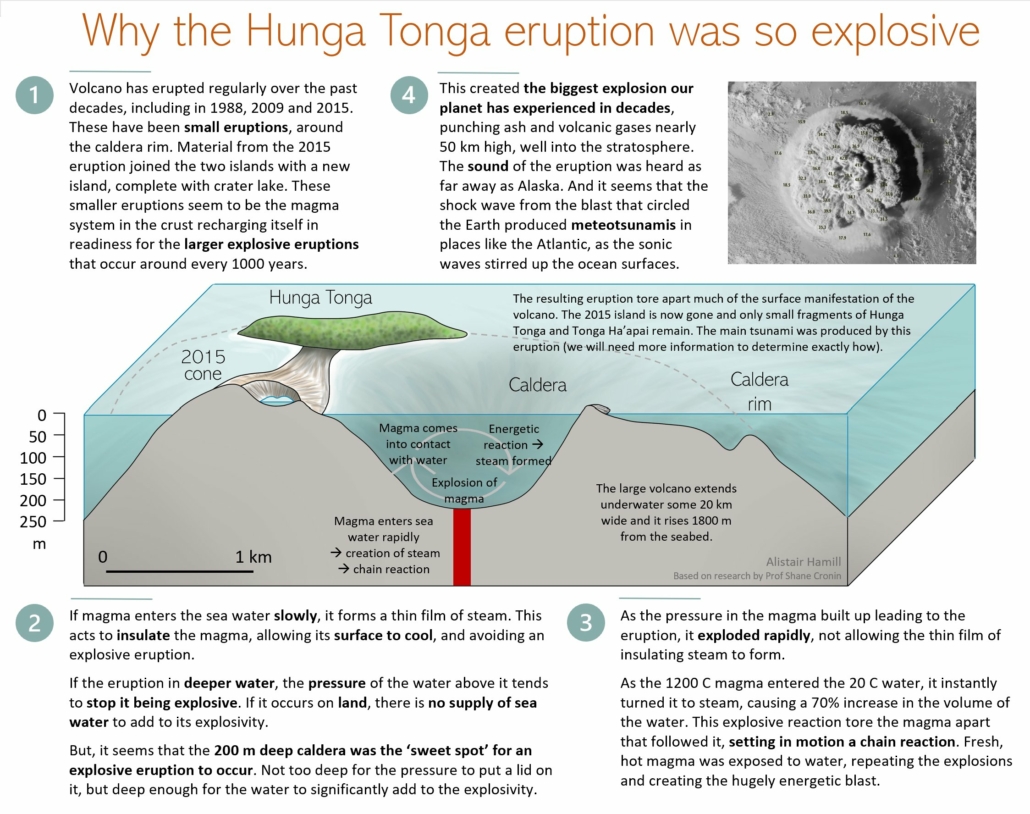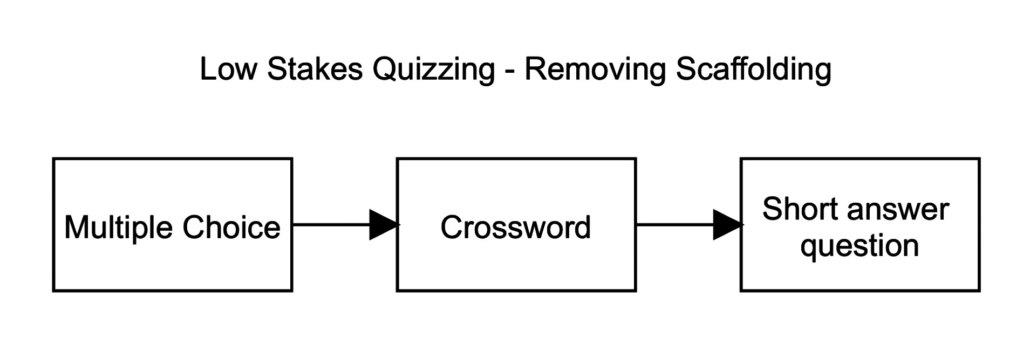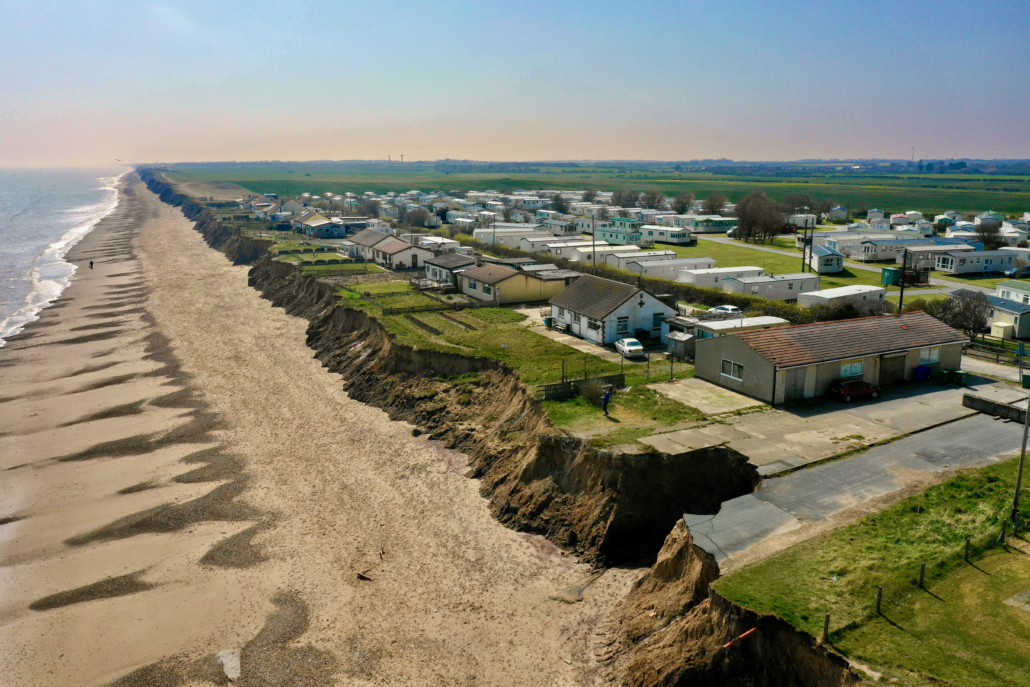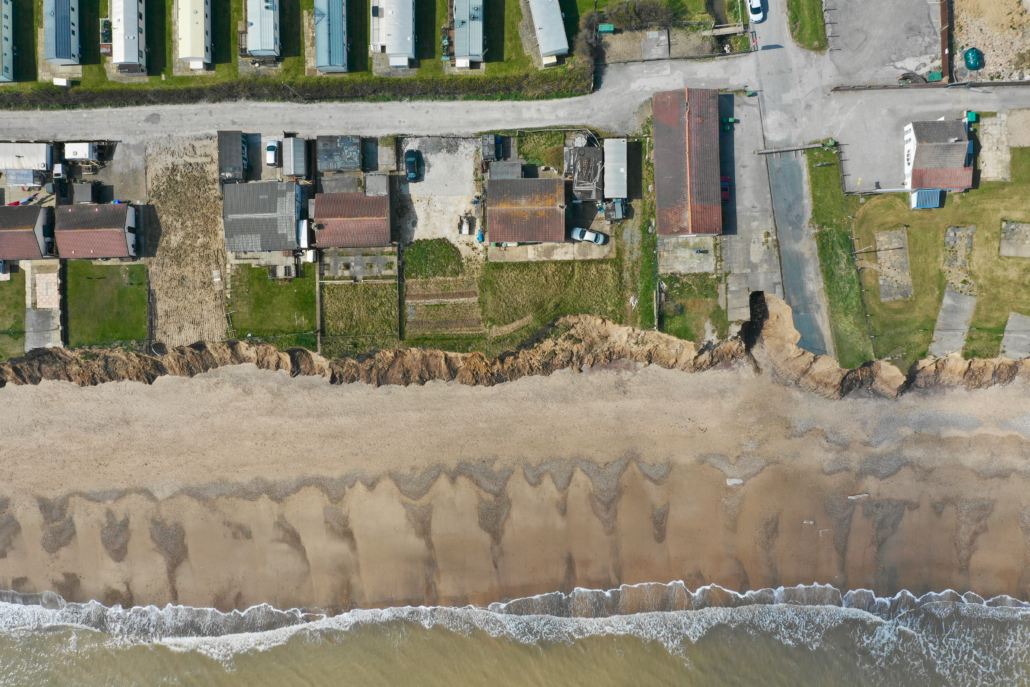Storm Eunice Case Study
Storm Eunice Case Study
BY ANTHONY BENNETT
Three people died in one of the worst storms to hit the UK in decades. Storm Eunice, sandwiched between Storms Dudley and Frankline brought record-breaking winds to the UK.
Over the course of one week, the big three, Storms Dudley, Eunice and Franklin battered the UK during February 2022.
Fierce winds from Storm Eunice toppled trees and sent debris flying, causing the deaths of a woman in her 30s in London, a man in his 20s in Hampshire, and a man in his 50s in Merseyside.
Eunice was the second storm in a week to hit the UK after parts of Scotland, northern England and Northern Ireland were battered by Storm Dudley.
A 122mph gust on the Isle of Wight set a provisional record in England, while the storm closed schools, disrupted travel and tore off roofs.
The Needles on the Isle of Wight recorded a wind gust of 122 mph this morning
This is provisionally the highest gust ever recorded in England#StormEunice ⚠️ pic.twitter.com/aNYMnFbMvT
— Met Office (@metoffice) February 18, 2022
About 400,000 homes were without power on the evening of Friday 18th February 2022.
What caused Storm Eunice?
The UK’s recent cluster of winter wind storms is related to a particularly strong polar vortex creating low pressure in the Arctic, and a faster jet stream – a core of very strong wind high in the atmosphere that can extend across the Atlantic – bringing stormier and very wet weather to the UK.
A stronger jet stream makes storms more powerful and its orientation roughly determines the track of the storm and where it affects.
The storms were predicted to contain a “sting jet”: a small, narrow airstream that can form inside a storm and produce intense winds over an area smaller than 100 km.
Sting jets, which were first discovered in 2003, and likely occurred during the Great Storm and Storm Arwen, can last anywhere between one and 12 hours. They are difficult to forecast and relatively rare, but make storms more dangerous.
Sting jets occur in a certain type of extratropical cyclone – a rotating wind system that forms outside of the tropics. These airstreams form around 5km above the Earth’s surface then descend on the southwest side of a cyclone, close to its centre, accelerating as they do and bringing fast-moving air from high in the atmosphere with them. When they form, they can produce much higher wind speeds on the ground than might otherwise be forecast by studying pressure gradients in the storm’s core alone.
Meteorologists are still working to understand sting jets, but they are likely to have a significant influence on the UK’s weather in a warming climate.
What were the impacts of Storm Eunice?
Three people died in the UK in Storm Eunice on Friday as fierce winds toppled trees and sent debris flying.
These people get blown over by the wind as Storm Eunice batters people to the ground in Croydon, South London.#StormEunice pic.twitter.com/ZUM63K93Ae
— talkRADIO (@talkRADIO) February 18, 2022
The storms left 1.4 million households without electricity, some for up to 72 hours.
Dozens of flights were cancelled and hundreds delayed at airports across the UK, while P&O Ferries stopped services between Dover and Calais.
Pilots have been struggling to land at Heathrow Airport due to strong winds from Storm Eunice.
Video courtesy of @BigJetTVLIVE who have a live stream from the airport since this morning, showing planes landing. @HeathrowAirport #stormeunice #Heathrow pic.twitter.com/8cdkv1oMN0
— London Live (@LondonLive) February 18, 2022
With many railway lines blocked by trees and other debris, major train operators – including Chiltern Railways, Avanti West Coast and Great Western Railway – were forced to suspend services, while in Wales all trains were cancelled.
Overhead lines were torn down by fallen trees near Stockport on Friday 18th February 2022 Network Rail said.
West Coast mainline services have also been affected after the temporary closure of Preston railway station, where roofing became loose.
Network Rail recorded about 200 storm-related incidents between London Paddington and Penzance in Cornwall in recent days, adding that the number of incidents was unprecedented and some of the worst the UK has experienced in three decades
Landmark buildings suffered damage in the winds, with panels ripped off the roof of the O2 Arena in London.
The top of the spire at St Thomas’s Church in Wells, Somerset, toppled to the ground.
#STORMEUNICE It’s a miracle that this sizeable & very heavy spire tip, with windvane & lightning conductor, didn’t hit anyone as it came crashing-down at St Thomas Church in #Wells, #Somerset around noon. Video captured by Matthew Hodson (many thanks for sending to @BBCBristol) pic.twitter.com/fq2KfvpWBR
— Ian Fergusson (@fergieweather) February 18, 2022
Dolphins and other marine mammals become stranded around the Welsh coast. While sand dunes at a nature reserve were blown away by winds caused by recent storms. Sand on Formby beach in Merseyside was shifted as Storms Dudley, Eunice and Franklin battered the UK in one week.
A zoo will remain closed after a tree fell and damaged the lion enclosure during Storm Eunice.
Africa Alive, a zoo at Kessingland, Suffolk, closed after a tree fell and damaged the lion enclosure. The pride was moved to another zoo and remained closed for a period of time due to health and safety reasons.
Widespread flooding occurred following the three storms. Floods in Wales hit homes, road and rail services.
In Shropshire, people were rescued and properties evacuated due to flooding and at Ironbridge two severe flood warnings were issued – meaning lives are in danger and the Severn barriers are expected to be breached.
The Wharfage Road in Ironbridge – which runs alongside the river – was closed to pedestrians, as it is no longer safe behind the barriers erected there, the Environment Agency said.
The River Severn peaked at 16.9ft (5.15m) in the Shrewsbury area, 3.9 inches (10cm) short of the record levels set in 2000, and parts of the town centre have been underwater.
The River Wharfe overtopped its banks in Tadcaster, North Yorkshire, leading to flooding.
Matlock in Derbyshire was flooded for the third time in three years after the town’s high street was submerged.
What were the immediate responses to Storm Eunice?
The Met Office issued rare red weather warnings for coastal areas of south-west England and south Wales, along with south-east England, indicating a danger to life.
#StormEunice Weather warnings ⚠️🟠🔴
Get REAL-TIME UPDATES:
APP
👉 https://t.co/SKPrqORHEOYOUTUBE
👉 https://t.co/WhIb7NqqhY
WEB
👉 https://t.co/j7ojlIej4g#WeatherAware pic.twitter.com/YzWphvpbR3— Met Office (@metoffice) February 18, 2022
A second red warning, meaning there is a threat to life has been issued by, covering South East England and London. Severe weather will affect most of the UK today from #StormEunice. Alex Deakin has the details pic.twitter.com/zIYjK2zyAl
— Met Office (@metoffice) February 18, 2022
The M4 Prince of Wales Bridge and the Humber Bridge were closed, as was the M48 Severn Bridge due to high winds.
London Fire Brigade declared a major incident – receiving 1,958 calls on Friday, three times more than the previous day.
The ambulance service in the South Central England region declared a critical incident due to demand on its emergency services.
HM Coastguard issued an urgent appeal for people to stay away from the coast.
#StormEunice is forecast to be at its most dangerous this morning, especially in the South West, with a danger to life in some areas.
Please stay home if you can & avoid exposed coastal areas. Follow @metoffice for weather warnings.
Emergency at the coast? Call #999Coastguard pic.twitter.com/yktznPcAz7
— HM Coastguard (@HMCoastguard) February 18, 2022
What were the long-term responses to Storm Eunice?
Insurance payouts for damage caused by Storm Eunice could total between £200m and £350m, according to early estimates from the consultancy firm PwC.
Mohammad Khan, General Insurance Leader at PwC UK, said insurance losses would mainly relate to “damage to homes, commercial properties and vehicles from falling trees and flying debris”.

